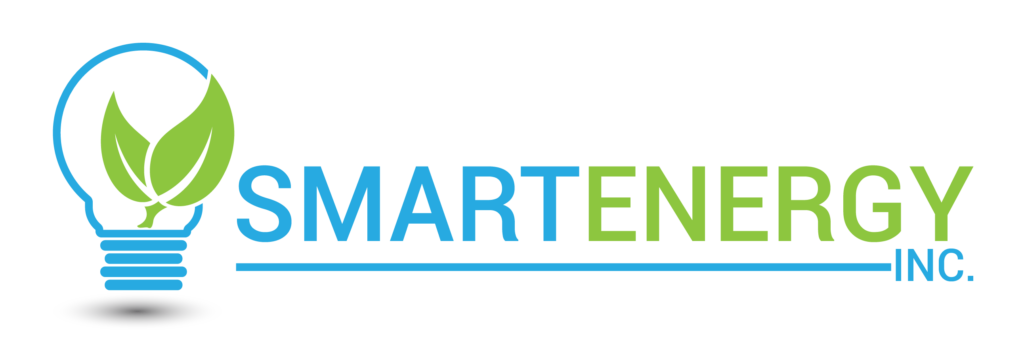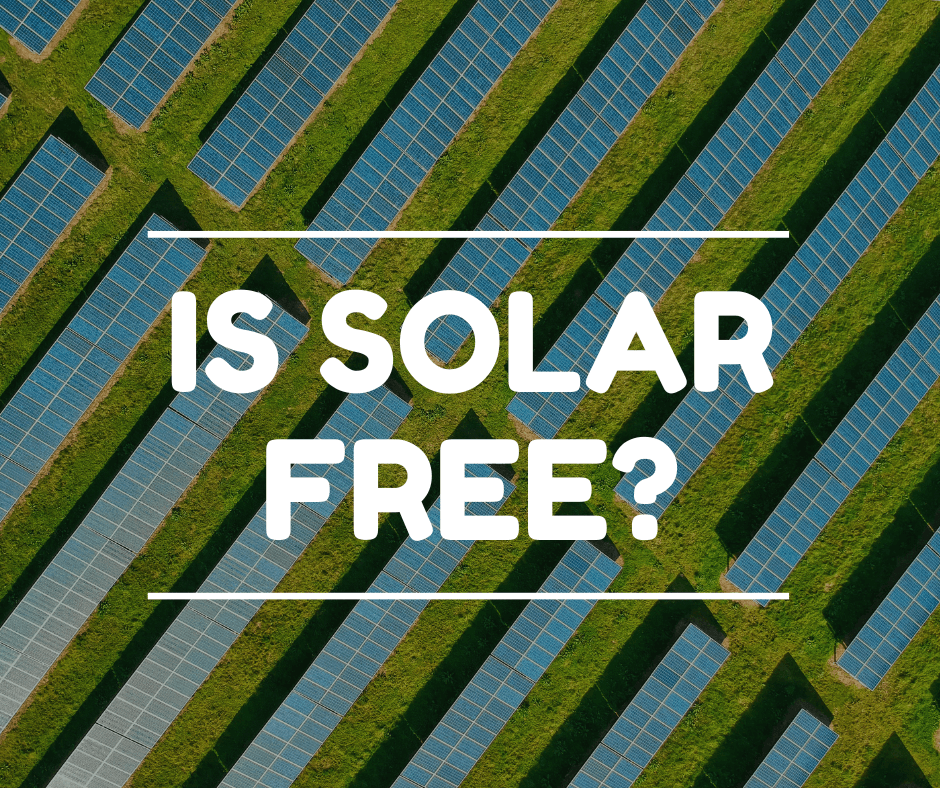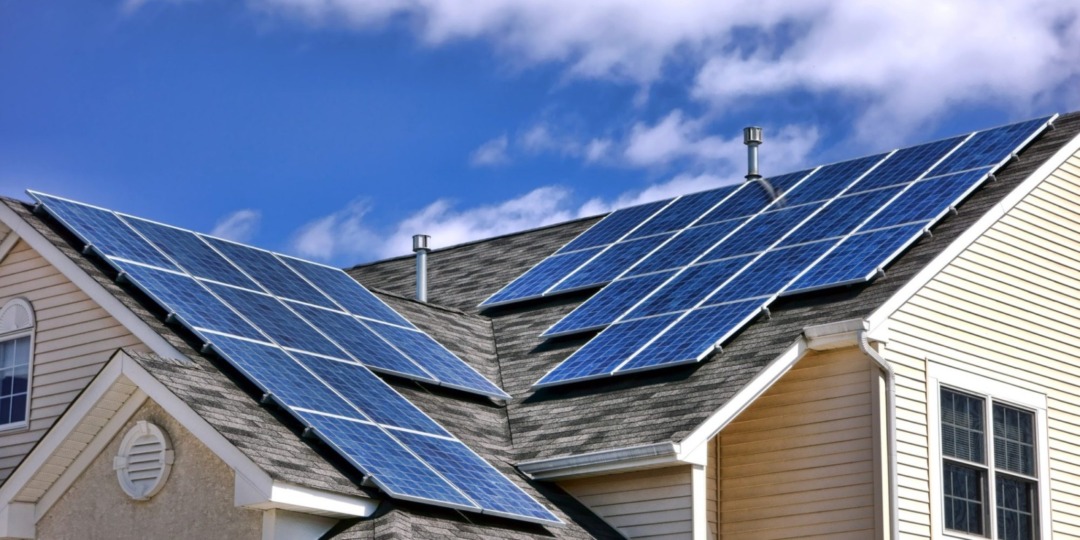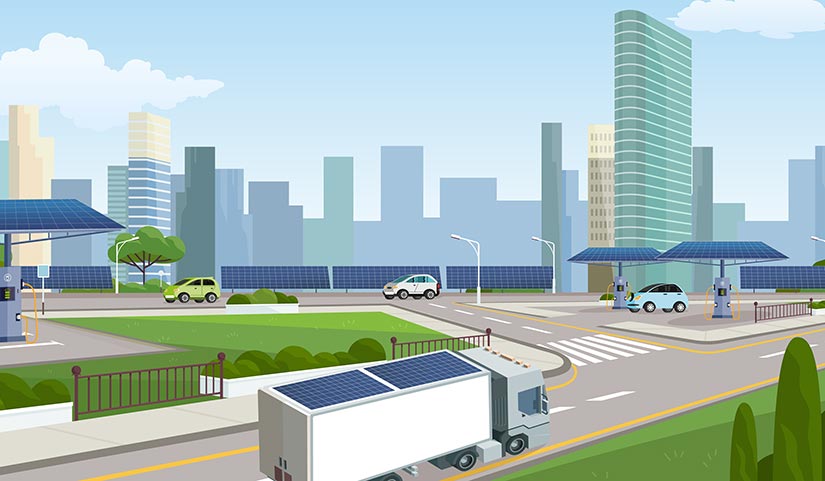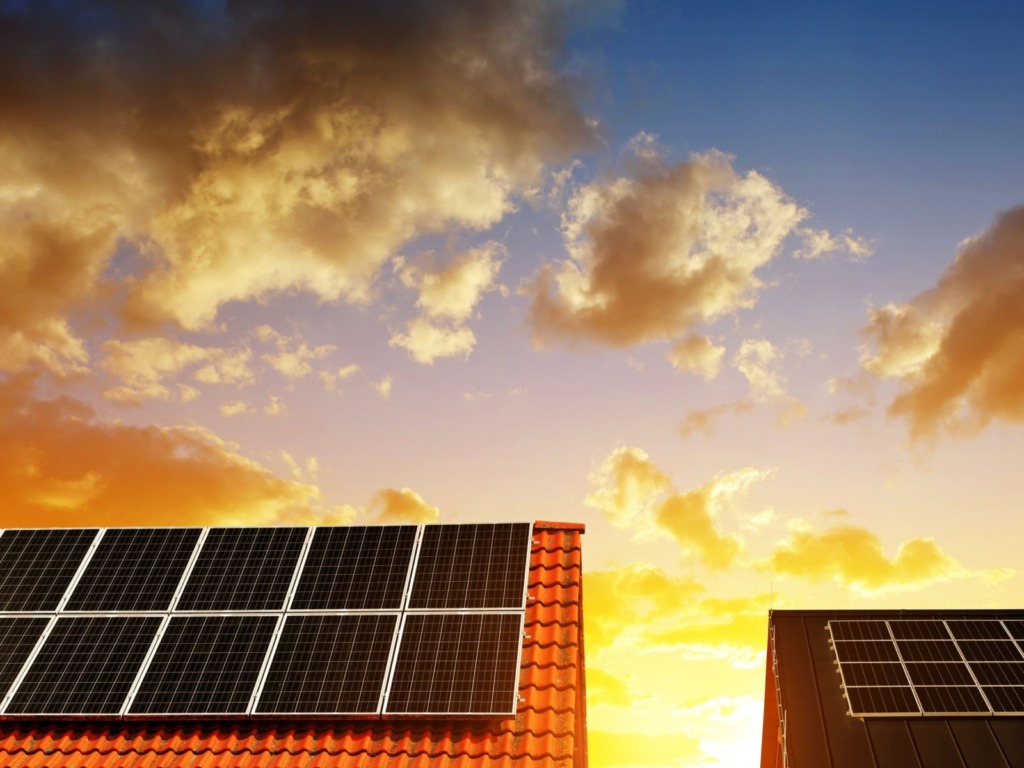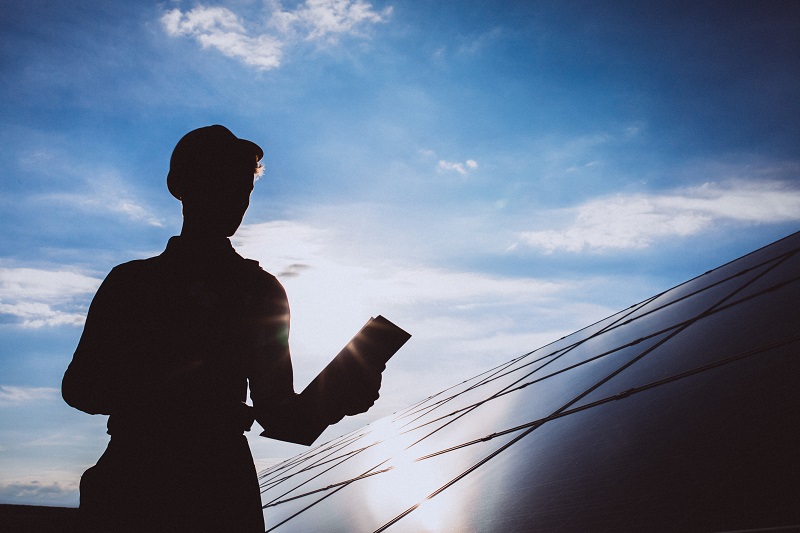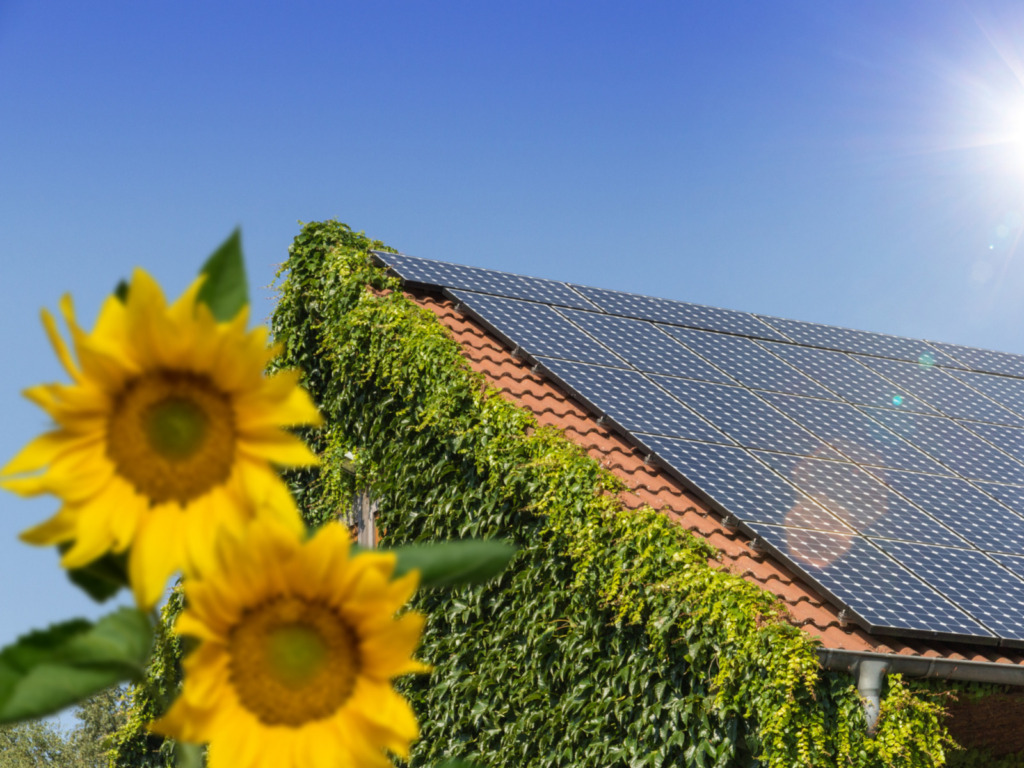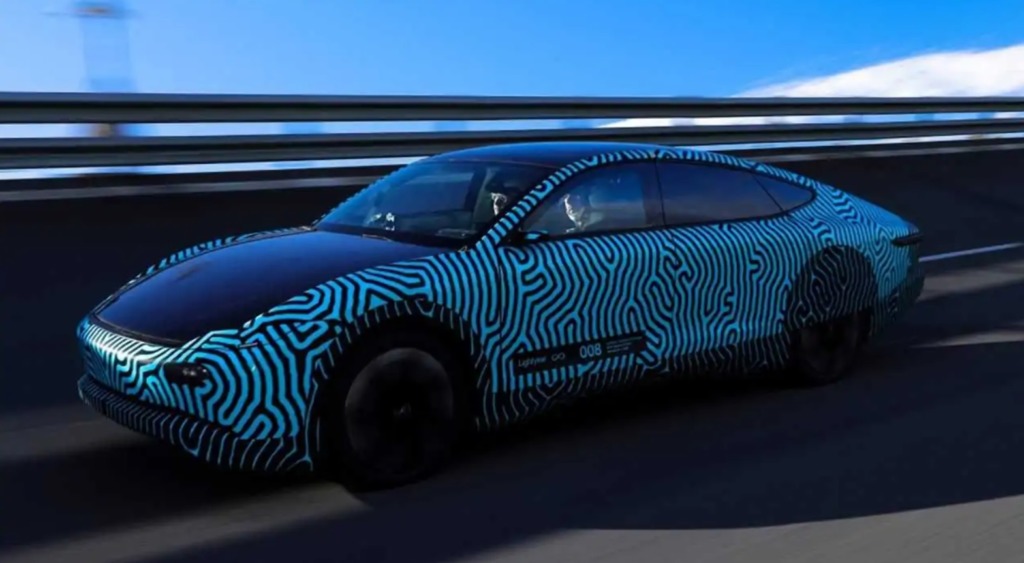If you are reading this post, then you’ve probably had some salesperson offering you free solar panels or saw an ad promoting solar systems at 0 cost. Hopefully this post will help pull the curtains on such bold statements and serve as a guide for what to look out for if you are considering getting a solar system for your home at no cost.
Let’s get it out of the way first and foremost, there is no such thing as a free solar system. You pay something, in order to get something, logically. Like it or not it’s just the way the world works today.
That being said, with the various stimulus packages issued by the government and advancements in technology making solar production much more streamlined, going solar today is practically free. However, there are a few things that need to be taken into consideration beforehand.
Most likely the ads referring to free solar fall into two categories, leasing and PPA (Power Purchase Agreements). There are certain benefits to each, but also quite a few downsides as well. So, if you’ve ever felt tempted about the concept of getting a solar system for free, consider reading this through to the end.
– Solar leases
We have all heard about car leasing and basically this is the same but for a solar system. A company leases you the solar system, you pay nothing upfront, hence the justification for a slogan such as “free solar”. After that, like with every lease, you pay a monthly fee for the system that you will be using. This is a viable option for anyone who does not have taxable income. However, if you do have taxable income (meaning you are paying taxes from your earnings to the IRS) consider a P.A.C.E. loan (we’ll get into that a bit later) instead, as we find it is a much better alternative.
There are a couple of cons though when it comes to leasing. For starters you don’t own the system, meaning, everything that your system would produce, you don’t actually own (this could vary slightly depending on the contract agreement). Leasing contracts may seem like a tempting option; however, they usually have built-in yearly increases in your monthly payment; (not as much as the utility company, but still an escalating increase every year).This is known as an escalation rate or escalator clause in the leasing contract. These escalation rates might be rather significant at times, so pay close attention to the contract’s contents.
Plus, the government’s incentive (26% of the system price) which can be gotten for going solar, would go to the company leasing you that system, not to you.
The average solar lease can save the consumer money, but only when everything goes perfectly as planned. If you sign a solar lease and then change your mind, sell your house, or your system encounters production troubles, you may be hit with unexpectedly high payments. Here’s why:
- Cancellation costs in lease agreements can be as high as $20,000.
- Transferring a lease to a new homeowner might be difficult if you decide to sell your house. If the new owner does not agree to undertake the solar contract, you may be compelled to pay to relocate the panels (and plug bolt holes in your roof once the mounting system is removed) or worse, cancel your lease.
- Hiring a low-quality solar panel installation provider may also result in problems with your home or roof (in a worst-case scenario).
– PPA (Power Purchase Agreement)
A lot of companies offer this option nowadays in some parts of the country, and at first it might seem like a good option the way it’s being presented, but there are a few things to be considered if you are thinking about going for this option:
PPA’s are illegal in the state of Florida, so this is not an option for Floridians.
PPA’s can be the cheapest upfront option, sometimes they may even come at literally zero upfront costs. Although they can be rather disadvantageous in the long run. Now, by no means does this absolutely happen with every company, however it’s well advised by legal counselors and consumers themselves, to be cautious when deciding on signing a PPA.
The majority of PPAs include variable price increases for the power the system generates during the length of your contract and pricing can change. Unlike solar leases, PPA charges will vary from month to month, because your bill will be based on the production of the solar panel system. Because solar panels typically produce more electricity during the summer than during the winter for example, most people experience higher PPA payments during the winter months.
Everything else is pretty similar to a lease agreement. There are 3 viable options to choose from when a PPA ends and those are:
- Purchase the system at fair market value
- Extend the term of your PPA
- Have the installer remove the panels from the roof
– P.A.C.E. Loans
If you’ve considered going solar for a while now, you’ve probably come across the term P.A.C.E. loan. There is a lot of information out there about these types of loans, and like everything else, they have many advantages and a couple of disadvantages as well, depending on your situation.
All things considered, if so called “free solar” is what you are looking for, a P.A.C.E. loan is by far the highest recommended option. If you are interested about learning more, we will cover this type of loan in much greater detail in another post that you can find here.
